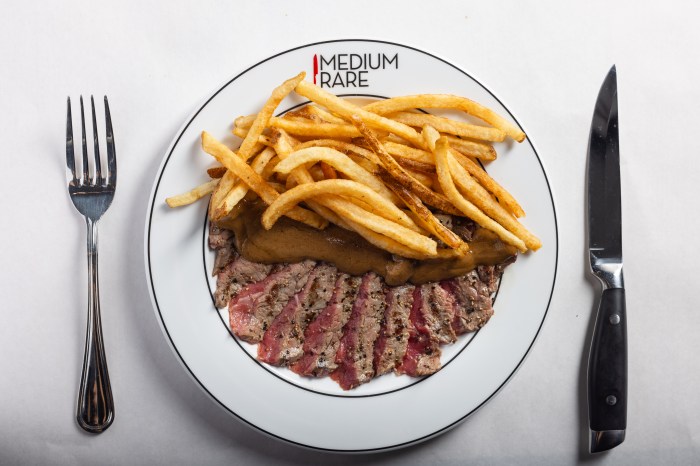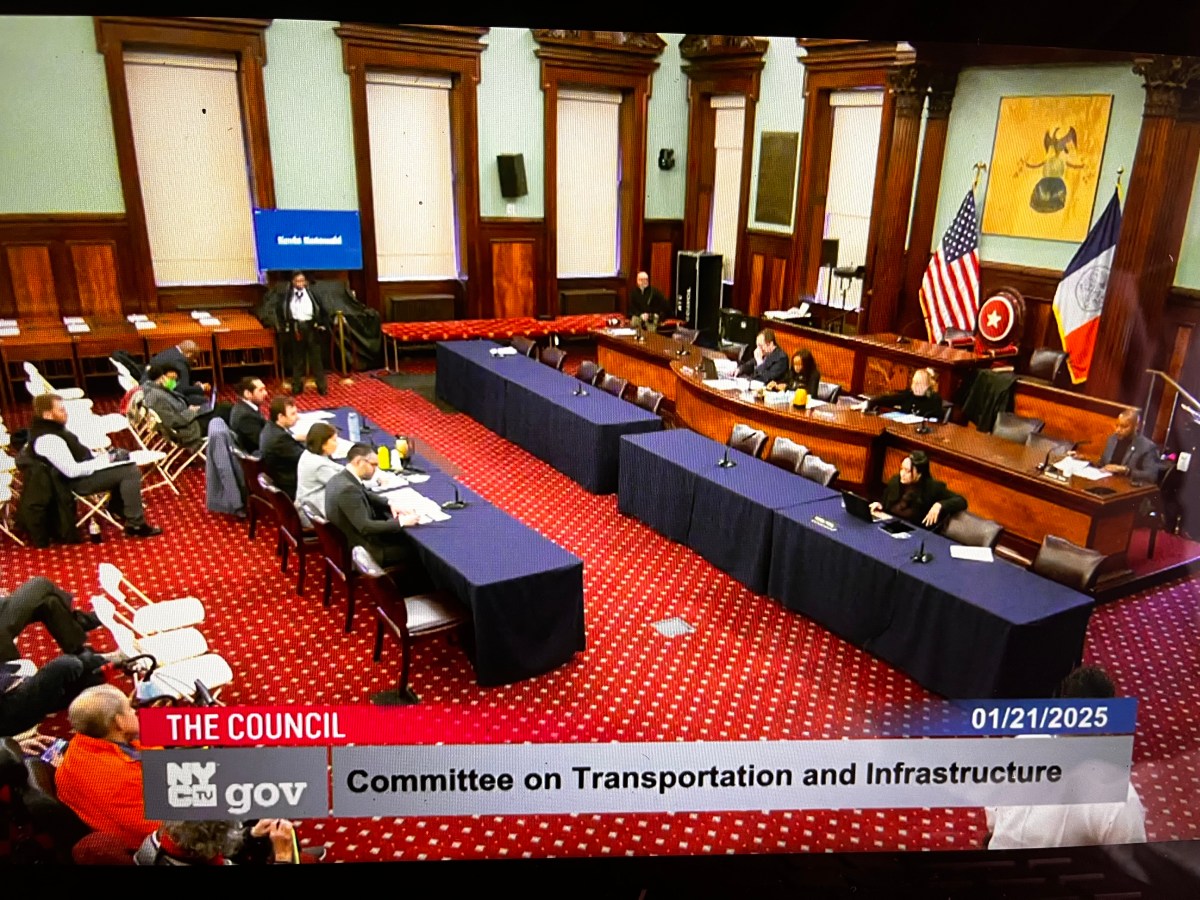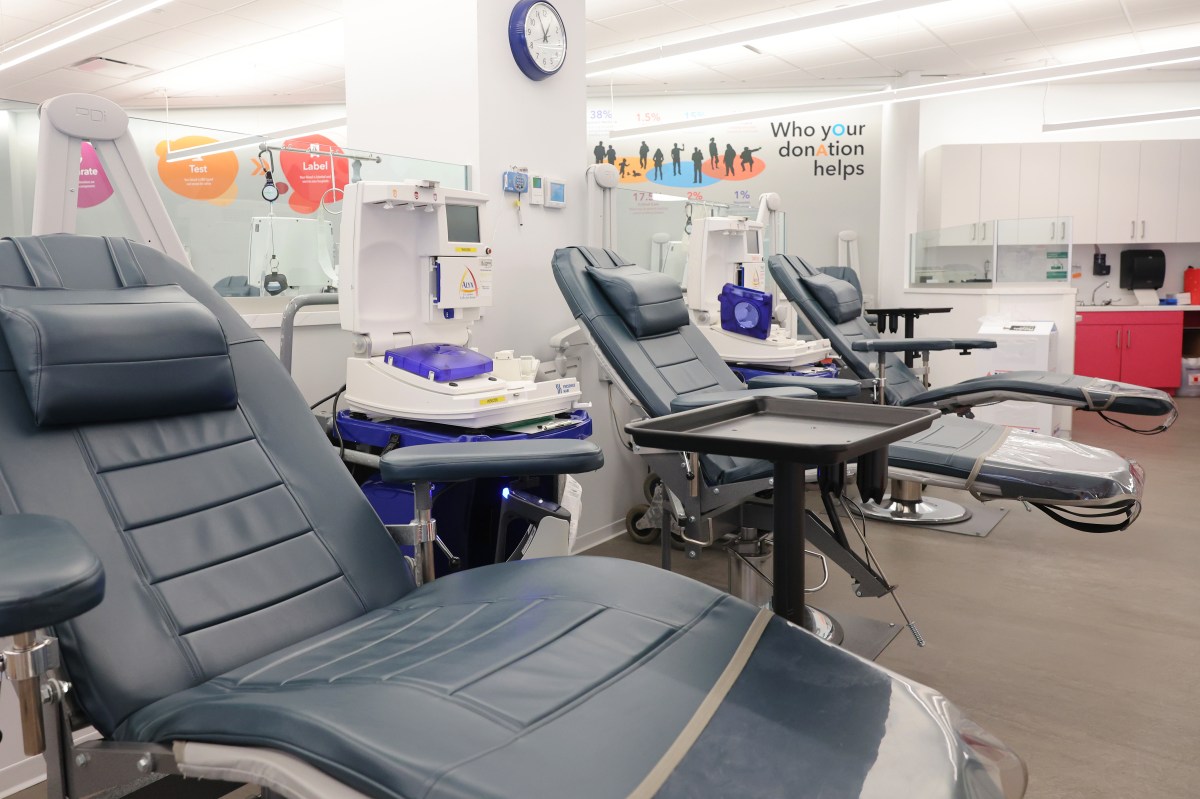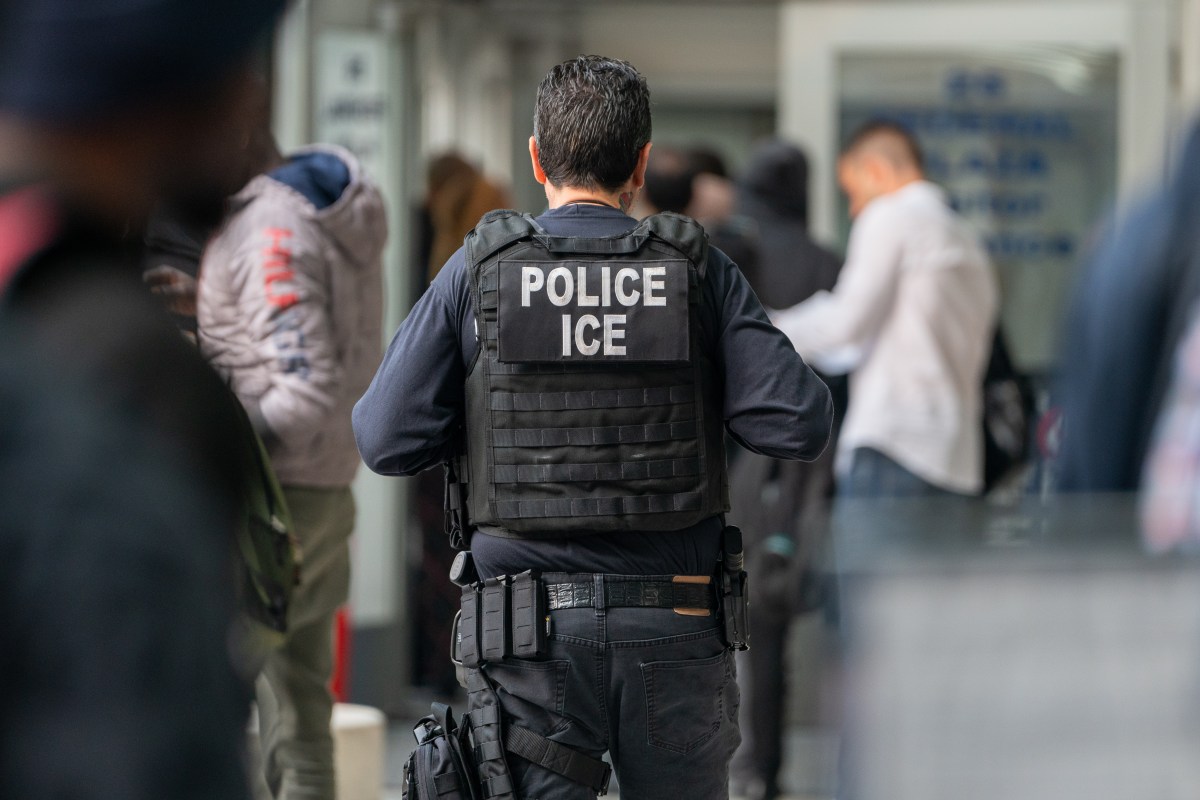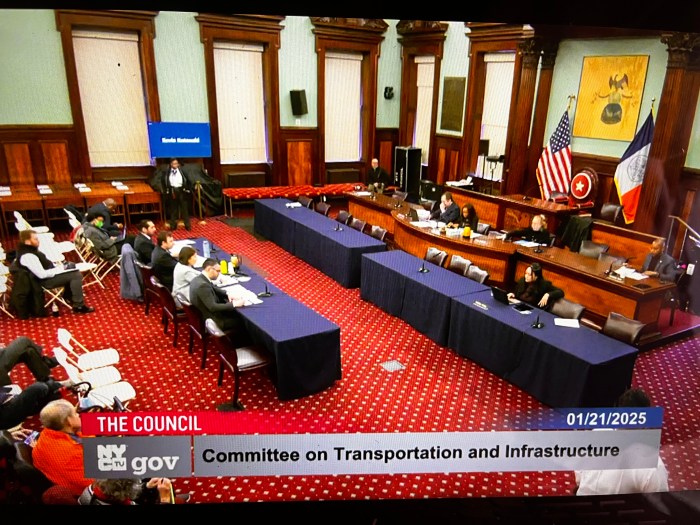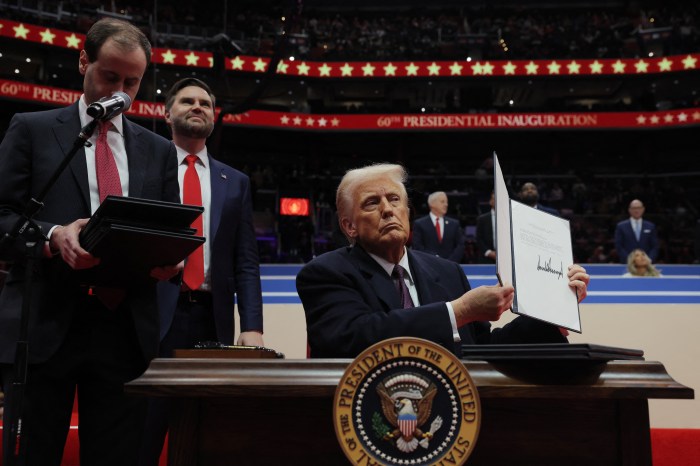Where thousands of stand-alone diners once filled New York City, offering comfort food and vinyl seating to all, now only a few hundred remain. As these iconic spots continue to close their doors for good—whether in the face of rising rents, declining business, or simply time itself—a certain nostalgic charm seems to die with them.
Photographer Riley Arthur was struck by this trend a few years ago while living in Astoria, where she saw the sudden disappearance of several local diners over the course of a few months. Knowing what a special place these spots hold in the hearts of New Yorkers, native and new, old and young, she decided to photograph every diner left in the city.
Nearly three years later, Arthur has officially finished her “Diners of New York City” series, but don’t expect her to say so, as she insists the project won’t actually be complete until she photographs a new Upper West Side joint opening later this year.
Since she began in February 2016, Arthur has photographed more than 440 diners across Manhattan, Brooklyn, Queens, the Bronx and Staten Island, posting them both to her website and her growing Instagram, @dinersofnyc.
How it all began
It was never Arthur’s intention to claim the title of New York’s designated diner photographer.
Originally from American Samoa, she grew up without a single diner in sight. Although vaguely familiar with their place in American culture, Arthur thought of diners as a more or less “foreign” concept when she first arrived in the city.
“I felt like an outsider looking in,” the photographer recalls of her first experience at the famous Neptune’s Diner, just a few blocks from her Astoria home.
Arthur soon noticed the striking aesthetics of the diner and thought she really ought to photograph it but never quite got around to doing so. When nearby spots began to close, though, and she discovered that no one else was documenting New York’s historic diners, the photographer rose to the challenge.
“I started with the really iconic places,” she explains, “and then I searched ‘diner’ in the Health Department database and found that there were 215 remaining throughout the five boroughs.”
Arthur quickly found herself having to reassess what exactly qualified as a diner. “In the 20th century, a diner was basically a free-standing restaurant on a street corner, but it’s become other things over time,” she says.
“It’s hard to define, but you know what it is when you see it,” adds Arthur.
After ditching the ‘diner-in-the-title’ requirement, the photographer roughly doubled her list and began her journey through culinary history.
A rocky road
Just six months into the project, Arthur moved to Florida for her 9 to 5 job but was able to squeeze in some diner visits during her frequent work trips to New York. It was not until this past summer, however, that she was able to temporarily move back to the city and fully devote her days to the photo series.
Arthur has always made a point of including all five boroughs in “Diners of New York City,” explaining that she didn’t want to fall victim to the same mistake that so many other New York documentarians make in focusing solely on Manhattan.
Getting from the Bronx to Staten Island and back again in the span of a day isn’t so easy, though, and with the infamous unreliability of the MTA in the dead of summer, Arthur often found herself walking tens of miles a day.
“I’ve seen more of New York than most New Yorkers do in a lifetime,” she jokes.
But despite visiting and photographing more than 200 diners just in the last four months, with two 14-diner days in the mix, there were several hours and days entirely wasted.
At times, the photographer would venture to diners ready to capture their every detail with her camera and skilled eye, only to be met with “CLOSED for the weekend” or “See summer hours” signs in the windows.
And, as with any race against time, Arthur was on occasion too late.
Manhattan’s Market Diner, for instance, closed in 2015 after 53 years of business. Arthur arrived at the lost gem just hours before a construction crew would begin demolishing the building, and, hoisting herself up over the fencing, she was able to angle her camera through the diner’s window and capture what was left of it.
Capturing old New York
Arthur knows that, as important as documenting these historic diners is, they are places of business. She therefore tries to cause as little disruption as possible to the owners, staff and other diners.
She uses a Canon EOS 5D Mark III, a rather unassuming camera that virtually fits in her pocket, and a wide-angle lens, which allows her to capture each diner with appropriate depth of field whilst remaining under the radar.
As a result, Arthur has never really faced any objections to her photography, noting that most diners are happy to participate, even if she must first explain to them what Instagram is.
“They usually have so much pride in what they do,” she says, “that they like to share it.”
At times, Arthur has even been invited into the kitchens by owners who are eager to show the inner workings of their beloved operations.
She says that they’re often even more willing to let her photograph if she’s eating at the diner, which the photographer says usually leads to some pretty mediocre meals.
“I’ve had undercooked meat, bad cheesecake—but I don’t really go to diners for the food, and most people don’t either,” Arthur says.
“It’s all about the ambiance,” she says. “And it’s all about capturing the essence of each individual diner,” which often means photographing unexpected, quirky details that set one venue apart from another.
Sometimes, this comes in the form of stark neon lights set against the blackness of night, or it materializes in beautiful shadow play on the worn-down booths; but Arthur is adamant on calling her “Diners of New York City” series photojournalism and not a refined art.
“It’s not heavy material,” she says, “but it’s something that resonates with a lot of people.”
And resonate it has. With an audience of nearly 3,000 on Instagram and numerous write-ups in outlets like The New York Times, Arthur has amassed quite the following. With the soaring popularity of Jeremiah Moss’s blog-turned-book, “Vanishing New York,” and the rise of organizations like The Brooklyn Anti-Gentrification Network, people across the city seem increasingly impassioned to preserve the New York of yesteryear.
Playing Favorites
Although she says that each diner is wonderful in its own way, Arthur does have a favorite in each of the five boroughs.
- In Manhattan, it’s Capitol Restaurant on 207th Street and Broadway.
- In Brooklyn, it’s the Floridian Diner in Flatbush.
- Her favorite in Staten Island is the Colonnade, which is in fact the largest diner on the East Coast.
- In the Bronx, Arthur loves Liberty Diner on Williamsburg Road.
- And finally, in Queens, the photographer’s favorite is Kanes Diner.
What’s next?
Arthur completed the “Diners of New York City” series just in time for her recent move to Detroit.
While she has technically finished the project, the photographer will continue to post to the @Dinersofnyc Instagram regularly, and she hopes that her photos can find a second life in the form of a book or anthology.
When asked if she will become the designated documentarian of diners in other American cities, Arthur firmly responds “absolutely not,” despite her enjoyment since 2016. Instead, she hopes to turn her attention, and lens, to another lost art. “Maybe drive-in movie theatres or something else that’s disappearing at the same rate.”



